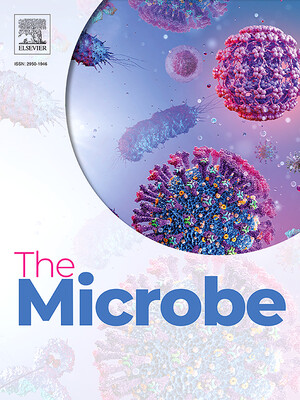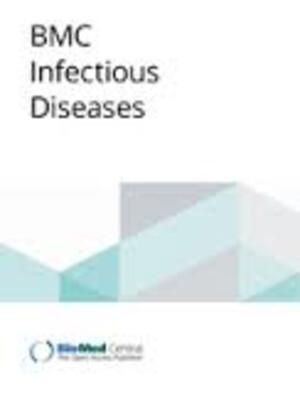
Diversity of Salmonella enterica phages isolated from chicken farms in Kenya
Abstract
In this study, we describe the characterization of 67 Salmonella enterica phages isolated from Kenya. Specifically, the phages were isolated from chicken feces as well as from swabs and water samples obtained from chicken farms and slaughterhouses in Nairobi and Kiambu counties. Genome sequencing and analysis revealed that 59 phage isolates were distinct and could be grouped into 17 clusters belonging to four major types of phages (MT1–4). Further taxonomic analysis showed that each MT represents one phage genus. Of the 17 selected representative genomes (one per cluster), seven phages belong to the MT1 group and to the genus Jerseyvirus. The MT2 cluster contained eight representative phages that were similar to Escherichia phage T5 and belong to the Tequintavirus genus. The unique MT3 cluster with one phage representative belongs to the Zindervirus genus, while the sole MT4 phage isolate is a member of the Dhillonvirus genus. All representative phages are siphophages, except MT3 phage which is a podophage. All genomes do not contain genes associated with lysogeny and therefore, they are considered exclusively lytic. No known virulence genes or antibiotic resistance genes were detected in any of the genomes. Phage DNA termini analyses showed that MT2 phages have a direct terminal repeat-based packaging mechanism while MT1 has a headful packaging mechanism. Host range studies showed that phages belonging to MT1 and MT3 appear to only infect Salmonella strains, while MT2 and MT4 phages were also capable of infecting Escherichia and Shigella strains.
Citation
Gunathilake, K.M.D., Makumi, A., Loignon, S., Tremblay, D., Labrie, S., Svitek, N. and Moineau, S. 2024. Diversity of <i>Salmonella enterica</i> phages isolated from chicken farms in Kenya. <i>Microbiology Spectrum</i> 12(1): e02729-23.










